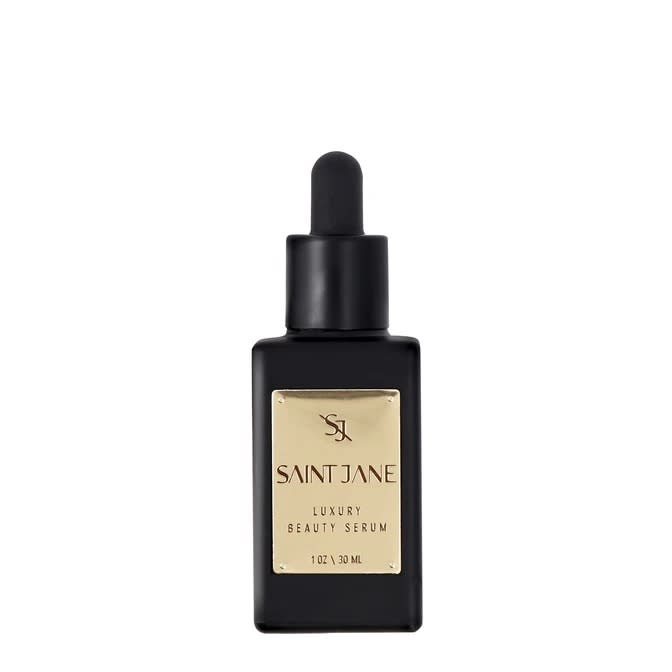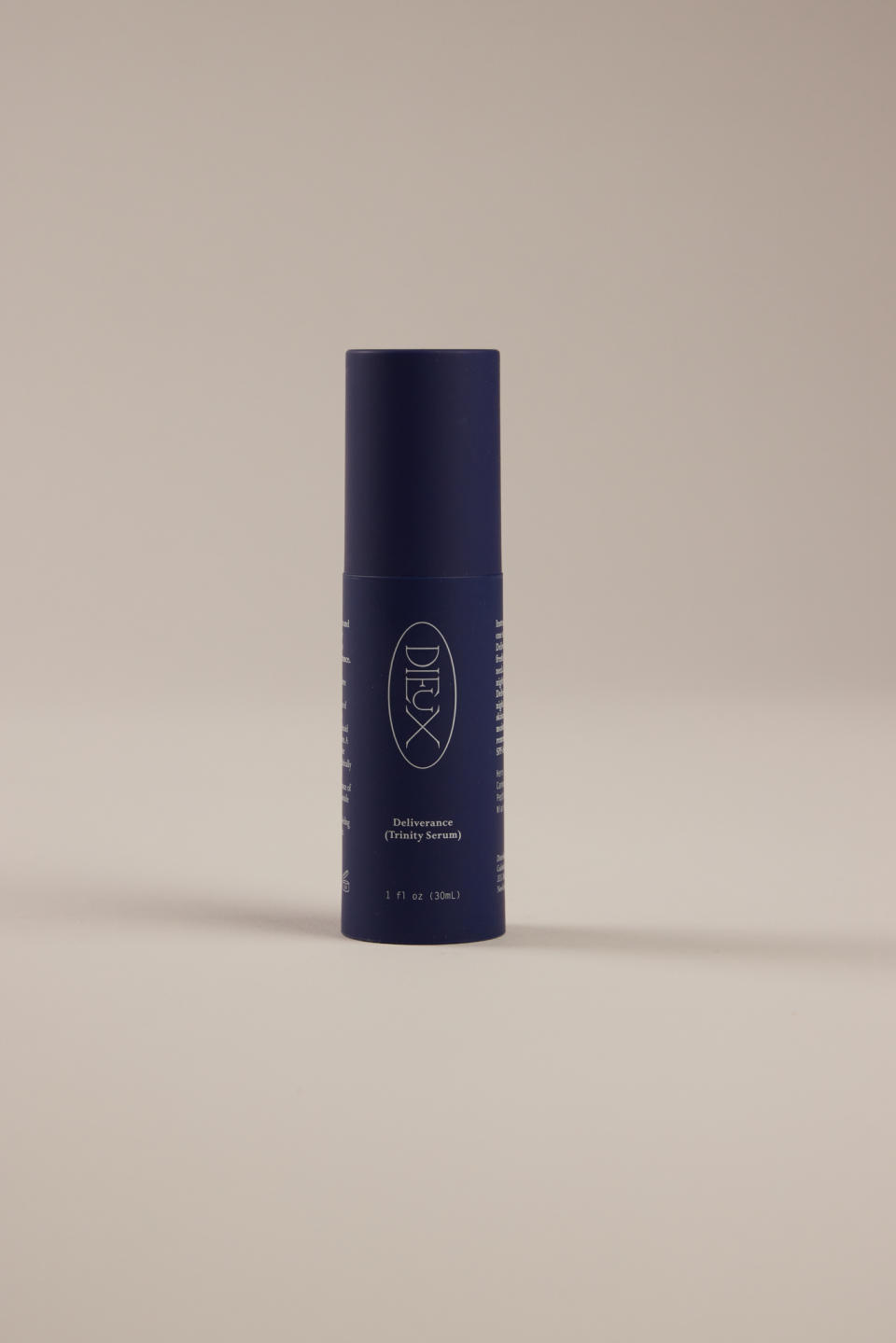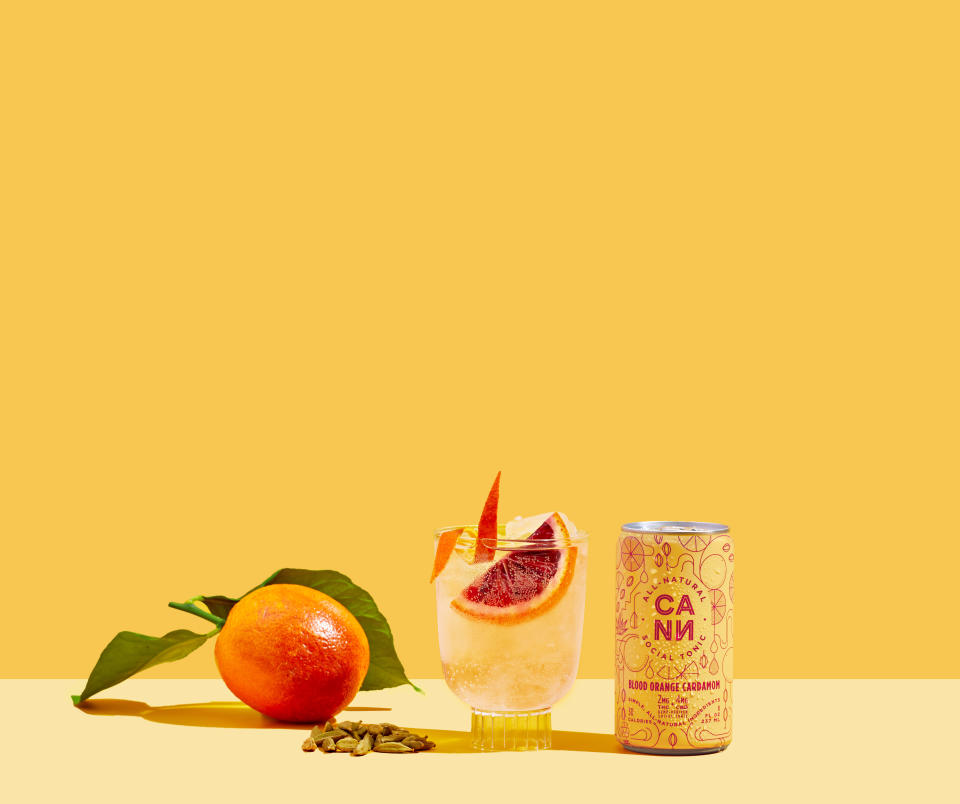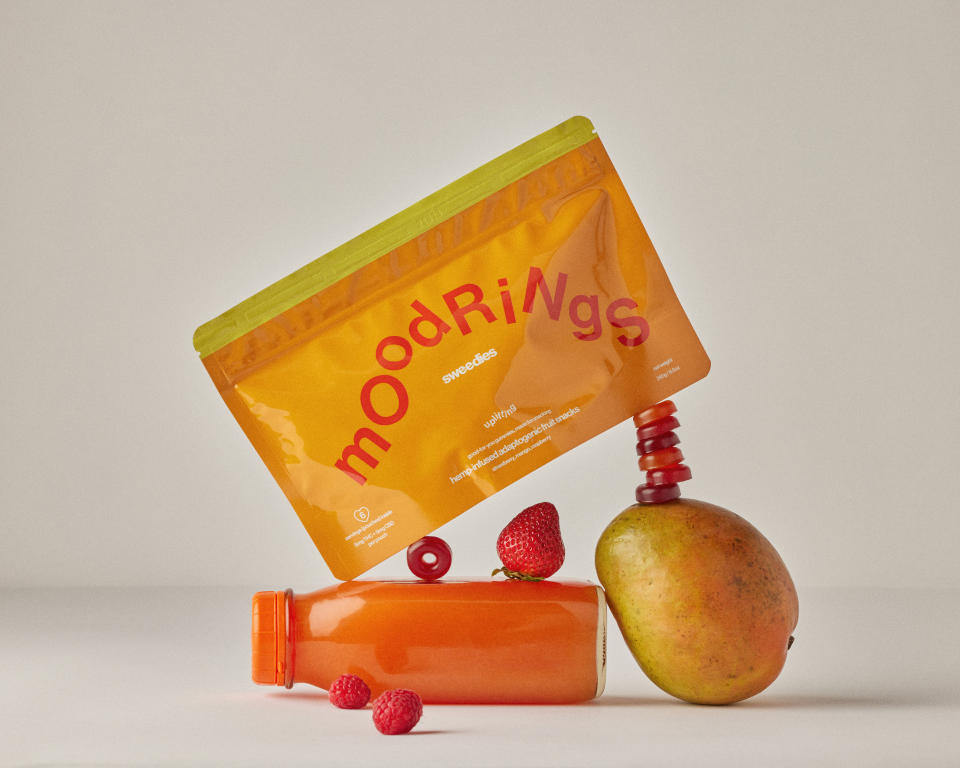Five years ago every beauty brand wanted to tap into cannabis, now not so much. What happened?
In 2018, after the Farm Bill, hemp was legalized, allowing brands to create products with CBD and they did. At the time, a slew of brands and retailers were popping up with missions focused entirely on the ingredient. But with brands disappearing or folding, hesitant retailers and customer confusion, CBD has lost its luster, but experts say it could reawaken.
More from WWD
In 2019, the CBD beauty craze really took off as several brands gained popularity, including Saint Jane and Lord Jones, while existing brands, such as Milk Makeup, also used versions of the ingredient for its purported anti-inflammatory benefits.


“CBD as an ingredient is one of the best because it fights inflammation at its core, both inside and out,” says Nicole Ostoya, beauty industry veteran and founder of mushroom-infused skincare brand Neon Hippie. “Topically, inflammation in the skin causes it to age faster, become irritated, cause rosacea, and CBD is one of the few ingredients that actually comes off the skin. [it].”
Retailers were also optimistic about this category at the time.
“A lot of retailers were really fascinated by it and wanted to get it on shelves as quickly as possible,” says Casey Georgeson, founder and CEO of now-active floral-focused skincare brand Saint Jane. “Sephora launched us, Lord Jones and Prima, and it felt like CBD was the pretty girl at the dance.”
In addition, there were retailers such as Standard Dose (which seemed to close quietly last year) who had curated ranges solely around this ingredient.
The hype seemed promising, especially for topical and ingestible CBD brand Lord Jones, which was quickly acquired by Cronos Group for $300 million in 2020. The brand has since disbanded its product line and is going all-in on THC with a Canada-only footprint for now. Experts say the bombardment of brands hitting the aisles and customer confusion caused the category to lose steam.
“We started seeing CBD being used in gas stations and yoga pants and turkey gravy and things that just didn’t make sense,” Georgeson said. “The education required for the majority of consumers and customers was more than most brands could support… The market was saturated [and] the sales were not there to support the number of brands.”
Ostoya added, “When the Farm Bill was passed, it was a million [products] and it was in the grocery store and the formulas were crap and you could buy it on Amazon. It wasn’t quality [such] that the rush to market would destroy the ingredient. People didn’t understand. There was so much information [and] misinformation about it. People couldn’t ignore the fact that it doesn’t get you high.”
In addition to increasing competition and consumer confusion, CBD products have also been incredibly difficult to sell. Each state had its own regulations and major payment processing platforms were unable to process payments.
“The regulations are the hardest part,” Georgeson said, adding that Saint Jane still has some CBD-infused inventory management units. Due to regulations that are still evolving today, there are several states in which the brand has completely stopped selling its CBD products.


The COVID-19 pandemic and overall confusion in the category left the wellness ingredient unable to sustain itself in 2020 and the landscape began to rapidly change, leaving brands left with nothing or needing new strategies. For Saint Jane, who was initially optimistic about CBD, a pivot was the key to survival.
“We made a conscious decision to switch from CBD to more of our active flower,” says Georgeson.
This strategy has also been helpful for the brand, as retailers have become hesitant about the category again. Some, like Goop, have rejected the ingredient altogether, sources said.
However, CBD has not completely disappeared yet. Some companies, like Uncle Bud’s, which is available in more than 15,000 stores, have found success. At the same time, beauty brands are still reaping its benefits but not building their entire mission around it. For example, Dieux’s favorite Deliverance, $69, available at Sephora, uses a cannabinoid complex to soothe the skin. Experts suggest that in the future, as the stigma surrounding the ingredient continues to diminish, more clinical data comes out and regulations change, brands will formulate with it as they would with any other ingredient.


“Formulators will turn to CBD when they want a super-calming ingredient story for the product, but you won’t find CBD brands,” Georgeson said, adding that more clinical evidence on the ingredient’s efficacy will help bring it back.
Additionally, industry sources said there was strong interest in the spa channel ingredient. For example, locations like Chillhouse and Westin’s Heavenly Spa offer hemp and CBD experiences and add-ons.
“They are a captive audience. The beautician or service provider says: ‘Do you want a CBD addition? It is extra relaxing. It’s going to help with inflammation,’ and they say, ‘Sure, OK,'” Georgeson said, noting that people are willing to pay a lot of money in these service environments. “That’s where CBD could have its renaissance.”
Additionally, there could be an opportunity for wellness, especially when CBD is combined with hemp-derived THC, which can be sold when the concentration is at or below 0.03 percent dry weight/volume. This movement has manifested itself in micro-dosable formats, such as Cann’s THC-infused drinks or Sweedies’ snackable Mood Ring gummy packs. Both brands use low THC and CBD levels to create a light buzz during a cultural moment when many people are looking for alcohol substitutes.


Furthermore, brands like Sweedies, founded by industry veterans Olivia Sheehan and Rachel Richman, are actually opting for a beauty-focused strategy.
“Our product feels to me like a direct delivery of a beauty promise,” said Sheehan. “It’s an overt way you can wake up looking hotter. You can reduce alcohol consumption or replace alcohol consumption completely. You can improve your sleep. Those are overt ways it can be part of the beauty routine.


While CBD has certainly faced challenges, experts agree that the ingredient is powerful and still has potential in beauty and wellness, albeit in different forms: spas, standalone products, or THC-focused alcohol replacement brands . Additionally, clinical evidence over anecdotal evidence could help the category come back. “It’s definitely not over yet,” Georgeson said.